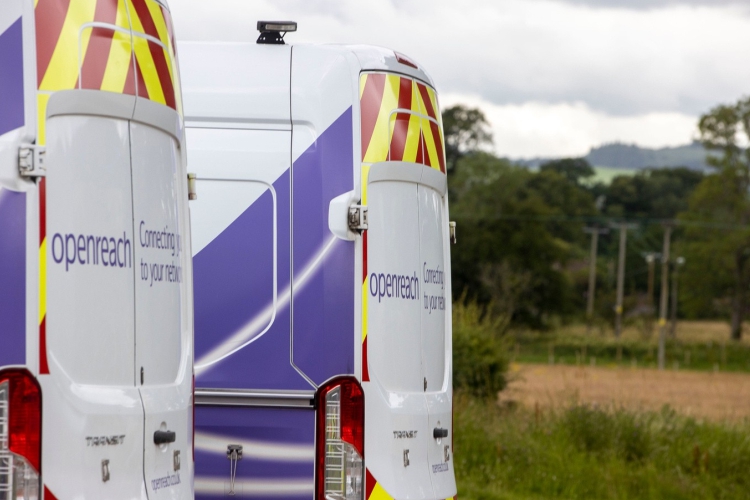Housing providers and local authorities in the UK must take the PSTN switch off seriously as it marks a pivotal shift in communication infrastructure.
The transition from analogue to digital affects vital services, such as emergency call systems, door entry, and lift lines. If not addressed proactively, residents could face disruptions, and providers may encounter increased costs and potential liability.
Embracing the digital transition ensures continuity of service, enhances residents' safety, and showcases a housing provider's or local authorities' commitment to staying abreast of technological advancements.
- What is PSTN?
- Why the switch off?
- Timeline:
- What does this mean for Businesses?
- Benefits of the switch:
- Challenges:

What is PSTN?
The PSTN, or Public Switched Telephone Network, is the traditional analogue voice telephone system. It's been the backbone of the UK's communication infrastructure for many decades, enabling voice calls over copper telephone lines.

Why the switch off?
The technology behind PSTN is ageing, and maintaining it is becoming increasingly costly and inefficient.
Digital technologies, such as Voice over Internet Protocol (VoIP) and fibre broadband, offer more flexibility, better voice quality, and other services that traditional lines can't support.
Moving to a fully digital infrastructure makes it easier for telecom providers to offer a broader range of services and ensures that the network is future-proofed.


What does this mean for Housing Providers and Residents?
Residents will need to switch to newer, digital-first services. Most consumers will transition to VoIP services or similar alternatives.
Housing Providers will need to assess their current telephone systems. This is where Social Telecoms can begin to help. Many providers still rely on ISDN for their voice services, and these will need to be replaced or upgraded to IP-based solutions.
Broadband becomes essential as voice services move to digital platforms, so a reliable broadband connection is vital.

Benefits of the switch:
Improved Voice Quality: Digital voice services often provide clearer and more reliable voice quality.
Flexibility and Features: Digital services can offer features like voicemail-to-email, video calling, and more.
Cost-Efficiency: Digital services can be more cost-effective in the long run, especially for businesses that make a lot of international calls.
Challenges
Preparation: Both residential customers and businesses need to be aware of the change and make the necessary preparations.
Infrastructure: Some areas might require upgrades in infrastructure to support the new digital services, especially in remote or rural areas.
Analogue Assessment
Evaluation of Implications:
Determining the Path Forward:
Migration Strategy:

